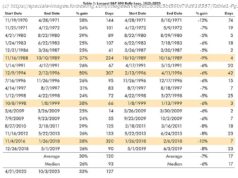 LONDON, Jan. 12 (UPI) — A survey of production data from OPEC shows evidence of a managed decline, but the durability of that trend is a critical question, a survey found.
LONDON, Jan. 12 (UPI) — A survey of production data from OPEC shows evidence of a managed decline, but the durability of that trend is a critical question, a survey found.
A survey of December production data from members of the Organization of Petroleum Exporting Countries showed total output was down about 280,000 barrels per day from the previous month, S&P Global Platts reported.
December production was 32.85 million bpd collectively. The production group in November agreed to managed declines of 1.2 million bpd from October figures for a target of 32.5 million bpd. Formal implementation began Jan. 1.
Eklavya Gupte, a senior editor at S&P Global Platts, said December figures show OPEC so far is committed to a production arrangement designed to offset supply-side pressures that dragged on crude oil prices last year.
«But the crucial question is whether OPEC and non-OPEC can make the compliance stick long enough to clear out the stock overhang,» he said in an emailed statement.
Iran is the only member of OPEC allowed room for production growth. Iraq initially balked at the agreement, though its oil minister said recently there were plans in place to reduce output for the year.
Libya, meanwhile, is exempt from the agreement as it looks for production gains to offset the strains of conflict along divided fronts. Platts reported, however, that any increases from Libya likely won’t be enough to derail the OPEC arrangement.
A bigger question may be U. S. crude oil production. Expensive shale oil operations were sidelined by declining crude oil prices last year, though operators are slowly crawling back to work. A report from the U. S. Energy Information Administration reversed course to forecast a slight increase in total crude oil production this year as oil markets pave the way for sector recovery.
«A close eye will also kept be on the US shale oil industry, as it seeks a rebound in output amid higher oil prices,» Gupte said.






